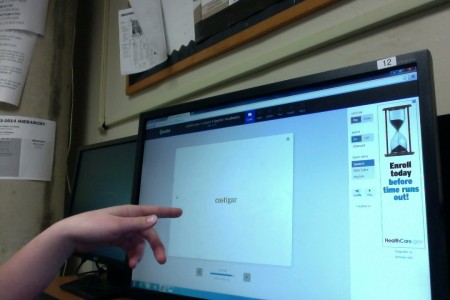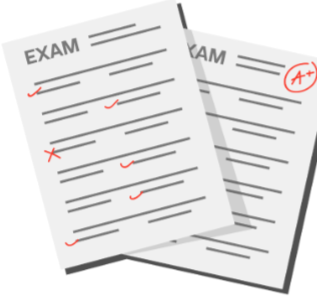
I’m not sure how often the United States Googles itself, but I will be the first to say I was pretty disturbed with what came up. I can think of quite a few AP U.S. History students who would be too upon hearing their precious “‘Murica” is currently ranked 21st on the Democracy Index.
But what caught my eye more than the ironically low rank on the Democracy Index were our unimpressive test scores and poorly rated education system.
When our generation joins the workforce, it is unlikely the United States will be the unquestioned superpower it once was. Instead, we will begrudgingly accept our role as one of many developed countries in a globally integrated world.
If we hope to remain a relevant player in this type of world we will need to shift our national educational focus. We are specifically infamous for our inability to teach foreign languages.
“If someone who speaks three languages is trilingual, and a person who speaks four languages is quadrilingual, what is a person called who speaks no foreign language at all? Answer: An American,” wrote Thomas Friedman, New York Times columnist.
If the U.S. hopes to succeed in a competitive global economy, it must be able to understand and communicate with other markets. One area of SHS education that needs improvement is teaching foreign languages.
Taking a language is mandatory, but really learning one is rare. Forcing students to sit in a classroom memorizing flashcards for the sole purpose of fulfilling credit requirements causes an enormous waste of resources, and makes it impossible for those who truly wish to learn a language to succeed.
“I have a one-question language test that people who have lived abroad do better on than those who studied in a classroom. Try my test yourself: In a foreign language you’ve studied, how do you say ‘doorknob’?” said Friedman.
After spending four months in Israel I easily passed Friedman’s test in Hebrew. After four years studying Mandarin Chinese at school, however, I could not.
The best way to learn a language is to be immersed. The solution could be a combination of teachers who allow no English to be spoken in their classes and greater investment in study abroad programs on an individual and national scale.
Furthermore, mastery of the right foreign language at the right time is key. While Spanish is a useful language, having the bulk of American students enrolled in the same language means that many doorways of opportunity are going to be crammed with people, rendering what was once an advantage much less useful.
If the U.S. wants to get back on top, it must begin by fixing a broken down education system. Now is the time to rethink national approach to teaching foreign language, before the U.S. loses the respect and influence it worked so hard to earn.




